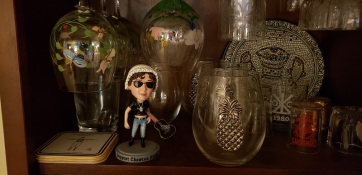In this series, we’re exploring Jane Austen’s novels and identifying the romantic themes used in each one – with the goal of proving that Jane Austen not only used romantic themes ingeniously but also played an important role in developing several key plot devices that are still used in modern filmmaking today.
Last month, I wrote about the “Enemies-to-Lovers” theme in Pride and Prejudice. This month, I’m delving into Emma and looking at the romantic themes it continues to inspire in modern romantic movies and shows.
Enemies to Lovers in Emma
In “The Rom Com Explained” on TheTake.com, we read this humorous definition of the popular enemies-to-lovers trope that I discussed last month in regard to Elizabeth Bennet and Mr. Darcy:
“The two love interests probably start out at odds. They may come from different worlds, have competing goals, or simply get off on the wrong foot. But as the rom-com wisdom goes, there’s a very thin line between love and hate, and the story frames all this friction as kindling for sparks to fly.”
What about Emma and Mr. Knightley? In Emma, some have said that Mr. Knightley and Emma fit the rivals description as well because of their witty banter and playful digs, but their delayed love interest seems to be much more about their age gap, their family history, and their comfort level with one another that comes from being brother- and sister-in-law.
Defining the Relationship
But if they aren’t rivals-to-lovers, what makes the romance between Emma and Mr. Knightley so irresistible? What techniques does Austen use to cleverly draw us into their world? What causes the slow burn that builds between them?
Are they boy/girl next door lovers? Possibly.
Friends-turned-lovers? Probably.
While Emma falls into both of these categories, if we want to narrow it down even further, the romance between Emma and Mr. Knightley best fits the “It Was Right In Front Of You All Along” theme. Their love story starts with a slow simmer, builds to a slow burn, and turn into a raging inferno.
The Slow Burn
In Emma, the relationship between Emma and Mr. Knightley sizzles because it’s so unexpected—at least for the two main characters. We, the readers, watch it slowly build (and hope that it will happen), but the characters themselves don’t recognize their own feelings for quite some time. It takes Emma the longest to realize, which adds to the charm of the story. With the Slow Burn love story, there are obstacles standing in the way (knowing one another too well, growing up together, not seeing each other “that” way, and other love interests). Most commonly, there’s a distraction that keeps one or the other from recognizing the chemistry that is building all along the way.
The Red Herring Distraction
In a Slow Burn love story, there is usually at least one misleading love interest or storyline (or “red herring”) to keep readers off the trail. Jane Austen obviously sets the bar high for the red herring theme in Emma, but here’s a definition from “The Rom Com Explained” article:
“Rom-com leads often start out with a red herring love interest who seems very appealing but turns out to be all wrong. Meanwhile, as the protagonist spends time with someone they aren’t actively trying to impress, they can be their unfiltered self and get to know the other person in a real way.”
Emma, Pride and Prejudice, and Sense and Sensibility all have at least one red herring love interest. In each, there’s a man who seems charming and agreeable at first but turns out to be quite the opposite. In PP and SS, the red herrings turn out to be villains (yes, I’m looking at you Mr. Wickham and Mr. Willoughby), but in Emma, Frank Churchill, an immature and obnoxious man who think it’s funny to play with other people’s emotions, acts as the red herring. These red herring lovers keep audiences busy trying to figure them out so that they don’t notice the real love story brewing beneath the surface.
Reading Emma like a Detective
Unlike most modern romantic comedies, Jane Austen’s plot in Emma is anything but obvious. She outdoes herself with several misleading storylines. She keeps us so busy figuring out what’s happening between Emma and Frank Churchill, Emma or Harriet and Mr. Elton, Harriet and Frank Churchill, and even Harriet and Mr. Knightley that the majority of first-time readers never even notice the Frank and Jane Fairfax storyline until later in the novel.
In fact, Emma is so cleverly written that many scholars believe it reads more like a detective story than a romance. If you’d like to delve into this fascinating topic, click to read David H. Bell’s brilliant article, “Fun with Frank and Jane: Austen on Detective Fiction” in JASNA’s Persuasions.
Hidden in Plain Sight
The other side of the coin with a red herring love story is that the false-love interest helps hide the true love interest—the one the heroine’s known for a long time and has never thought about “in that way.”
In the red herring plot line, this “real” love interest hides in plain sight. Sometimes, like in the situation with Mr. Darcy, he’s cloaked in some kind of mystery, misunderstanding, or perceived arrogance. Other times, as with Mr. Knightley, the hidden male lead is considered “off limits” because he’s a cousin, a step brother, a friend, or a co-worker. Most of the time, we (the audience) know he’s the real love interest rather quickly, but it takes most of the movie for the heroine to figure it out.
This is where Mr. Knightley really shines. He’s “the one,” hiding in plain sight. From the start, Austen casts him as the “big brother-type.” As a neighbor and friend, and the brother of Emma’s sister’s husband, Mr. Knightley is the perfect “off limits” hidden love interest. Emma has never looked at him in “that way.” It has never crossed her mind that he could see her as anything other than an annoying little sister.
The Aha Moment
“This long-developing chemistry leads to a moment of epiphany, where the character suddenly realizes the feelings that have been crystal-clear to the viewer all along” (“The Rom Com Explained”).
In this type of plot, usually one lead character realizes his/her feelings first, while the other takes longer to wake up to what’s going on between them. In Emma, Mr. Knightley sees Emma as much more than a neighbor and friend early on, but Emma is busy chasing other love stories and doesn’t see her own true love story blossoming right in front of her nose.
It’s only later in the film that Emma finally realizes that she loves Mr. Knightley. It’s always been him. This realization comes when she finds out that Harriet has feelings for Mr. Knightley (and that her feelings might possibly be returned). Startled by the powerful feelings of jealousy that come over her, she finally awakens to the deep love she’s felt for Mr. Knightley for quite some time.
Modern rom-coms patterned after Emma:
Ever since Emma, there have been countless stories of friends-turned-lovers and lovers-hidden-in-plain-sight.
Modern films that fit this category are 13 Going on 30, Always Be My Maybe, Love and Basketball, Just Friends, Made of Honor, When Harry Met Sally, and Yesterday. In television, there are several couples in The Big Bang Theory, Monica and Chandler on Friends, and Jim and Pam from The Office. While these romances also fall into the friends-turned-lovers category, they fit the themes in Emma because most include a love interest that is hiding in plain sight but also “off limits” for one reason or another.
The most obvious modern film to follow in Emma’s footsteps is Clueless. It’s worth discussing because it is considered by many as one of the best modern remakes of a Jane Austen novel. Though some say it’s just a silly teen romance, it’s also incredibly clever in its own right. I truly believe it belongs in the “It was Right in Front of You All Along” category.
Finally, while Bridget Jones’s Diary is most often connected with Pride and Prejudice, there are also plenty of similarities between it and Emma. Mark Darcy has many attributes that closely align with Mr. Knightley. He’s an older, wiser family friend who seems (and probably is) far too good for Bridget but actually finds her quite adorable and captivating. It takes Bridget a long time to realize that Daniel Cleaver is a jerk and Mark is the better, more mature man.
If you love Emma and Mr. Knightley as much as I do, what do you think makes their romance so charming? At what point do you think Mr. Knightley realized his romantic feelings for Emma?
RACHEL DODGE teaches college English classes, gives talks at libraries, teas, and book clubs, and writes for Jane Austen’s World blog. She is the bestselling author of The Little Women Devotional, The Anne of Green Gables Devotional and Praying with Jane: 31 Days Through the Prayers of Jane Austen. Now Available: The Secret Garden Devotional! You can visit Rachel online at www.RachelDodge.com.
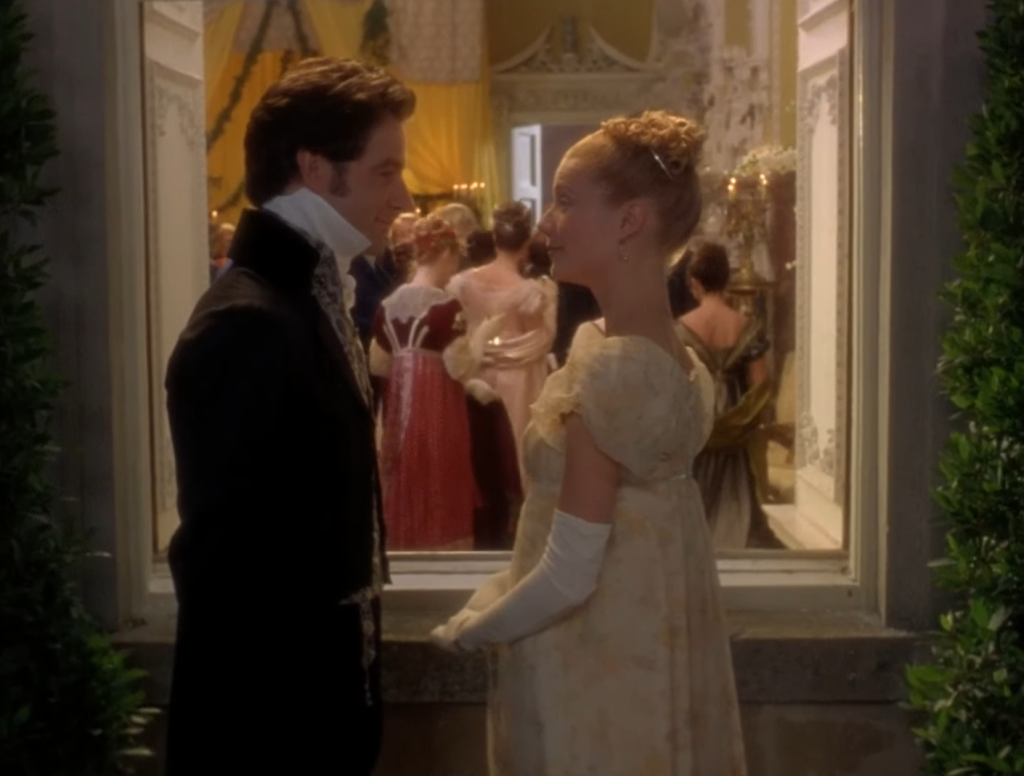

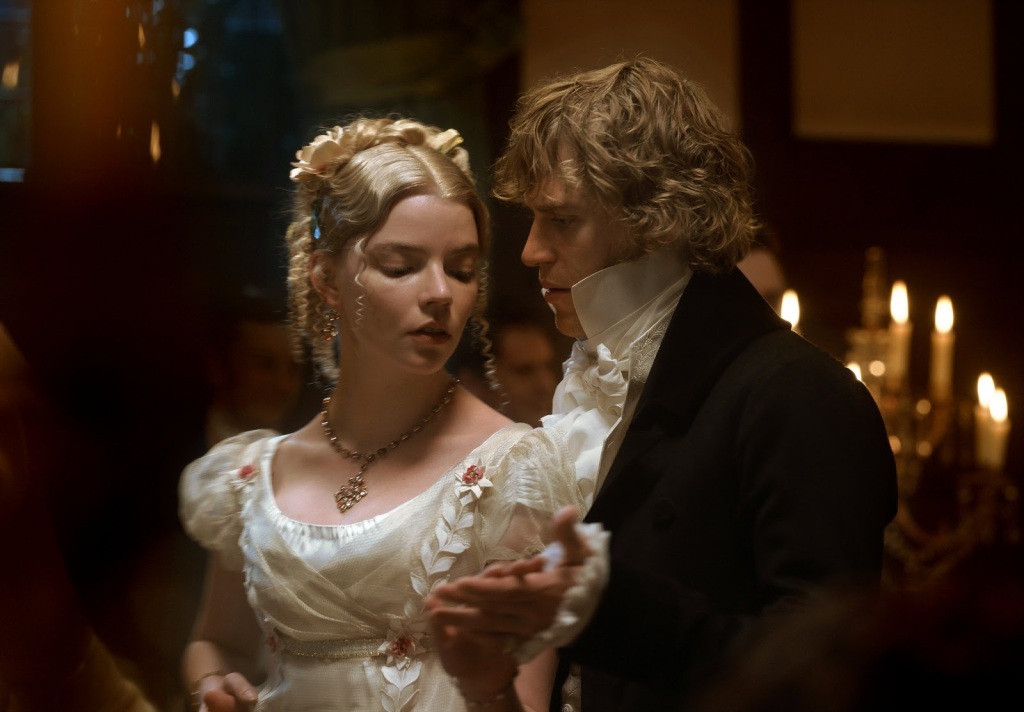





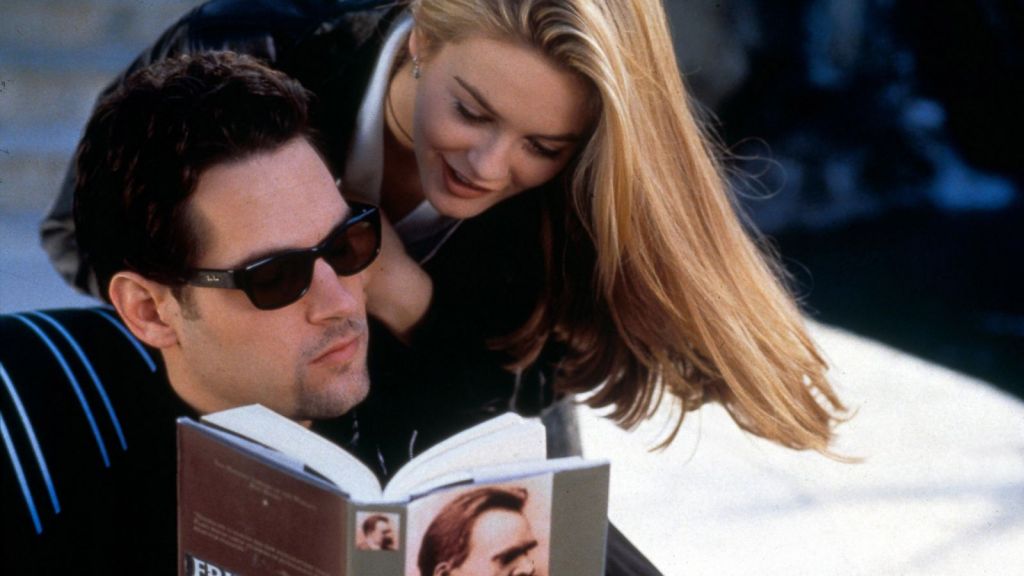

 Just as this article surfaced, another one popped up! While Jane Austen is more popular than ever, which has me chuffed, this account does not quite describe the before and after differences of the Steventon House.
Just as this article surfaced, another one popped up! While Jane Austen is more popular than ever, which has me chuffed, this account does not quite describe the before and after differences of the Steventon House.  This book provides the reader with a quote a day or the opportunity to devour swaths of her genius at a time. Be that as it may, let’s gauge how many of Austen’s sayings are as inspiring and witty as ever:
This book provides the reader with a quote a day or the opportunity to devour swaths of her genius at a time. Be that as it may, let’s gauge how many of Austen’s sayings are as inspiring and witty as ever:


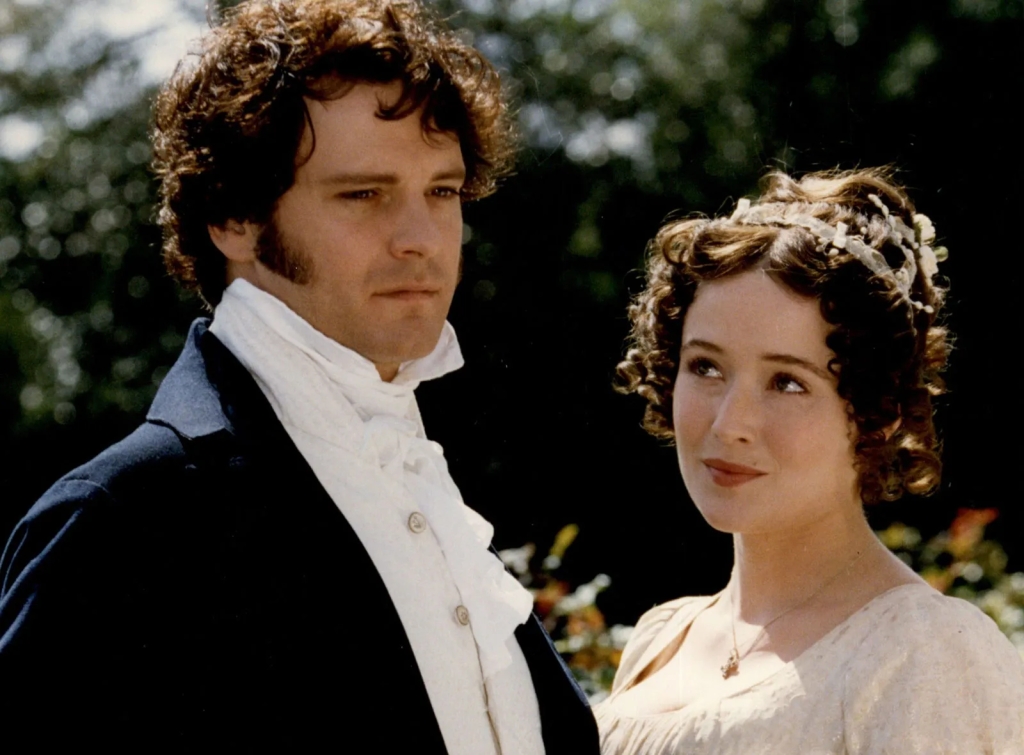
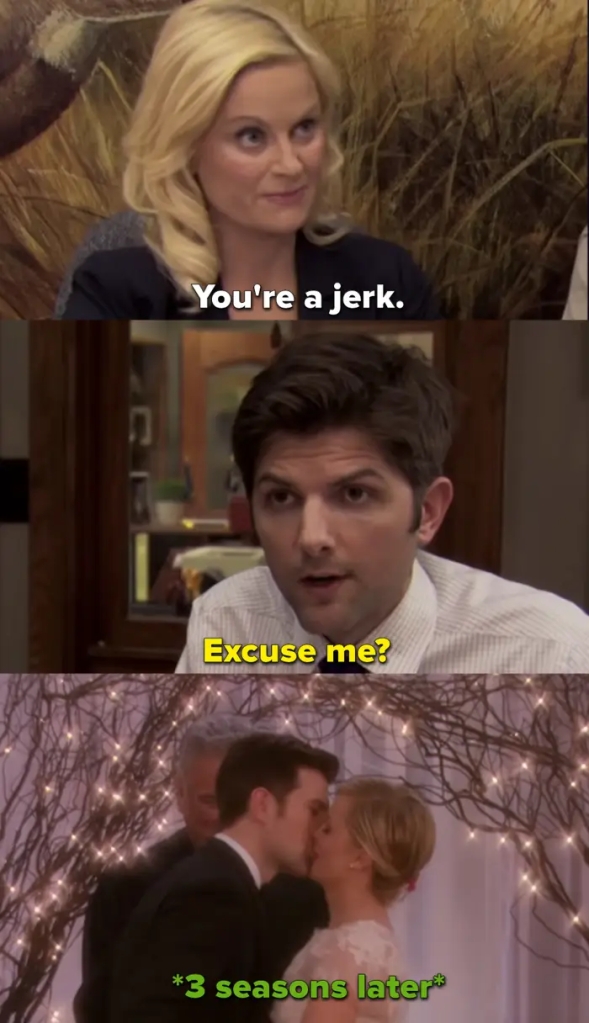


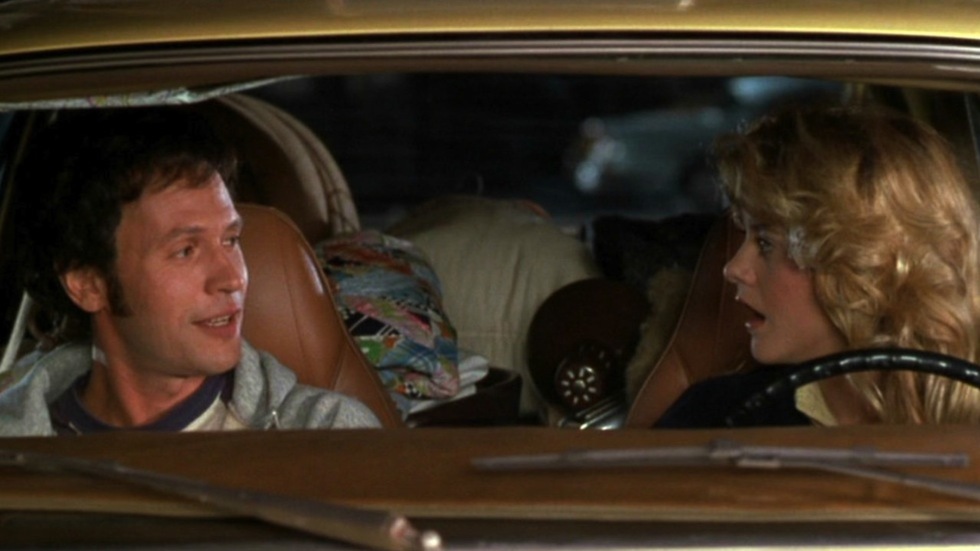
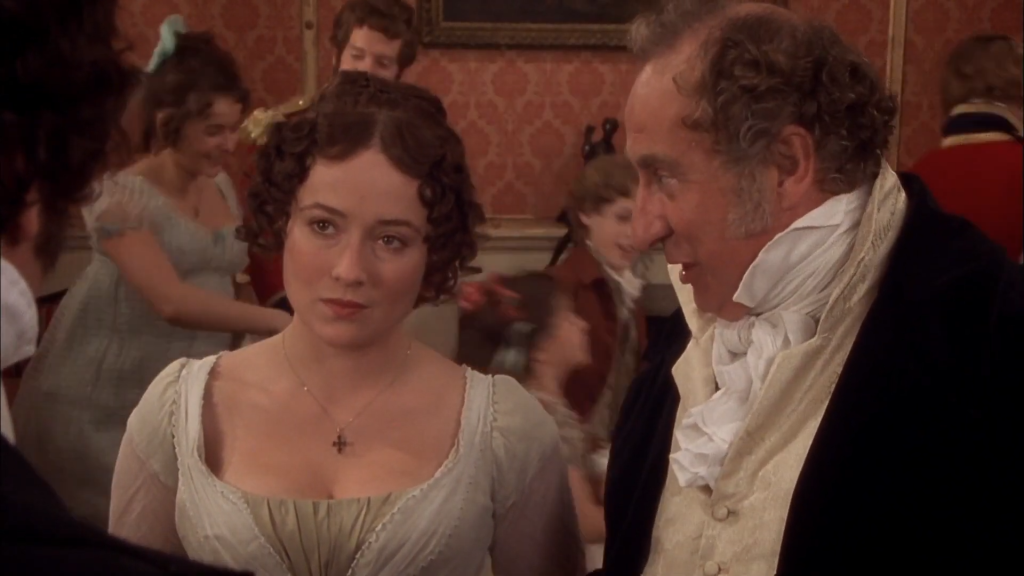

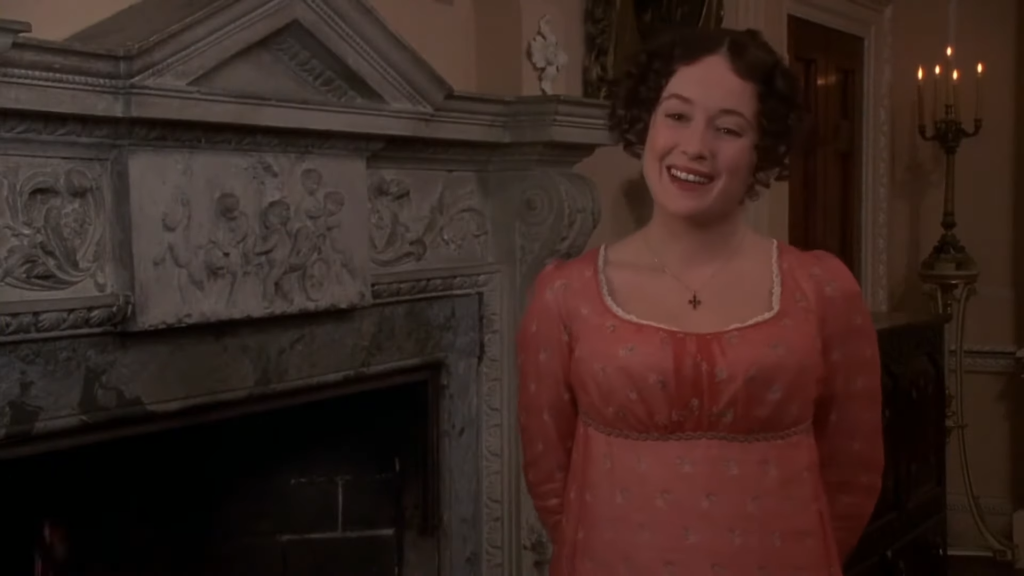
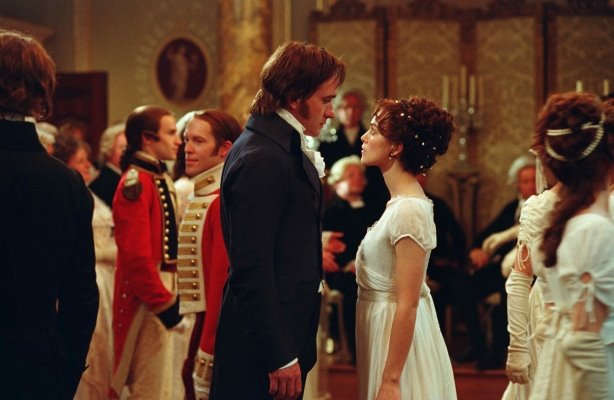
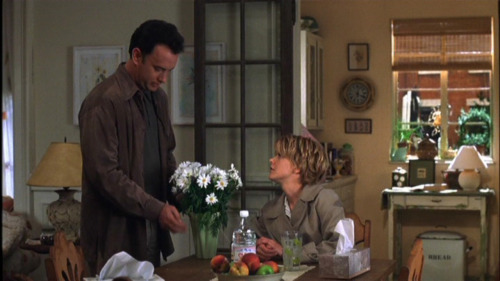
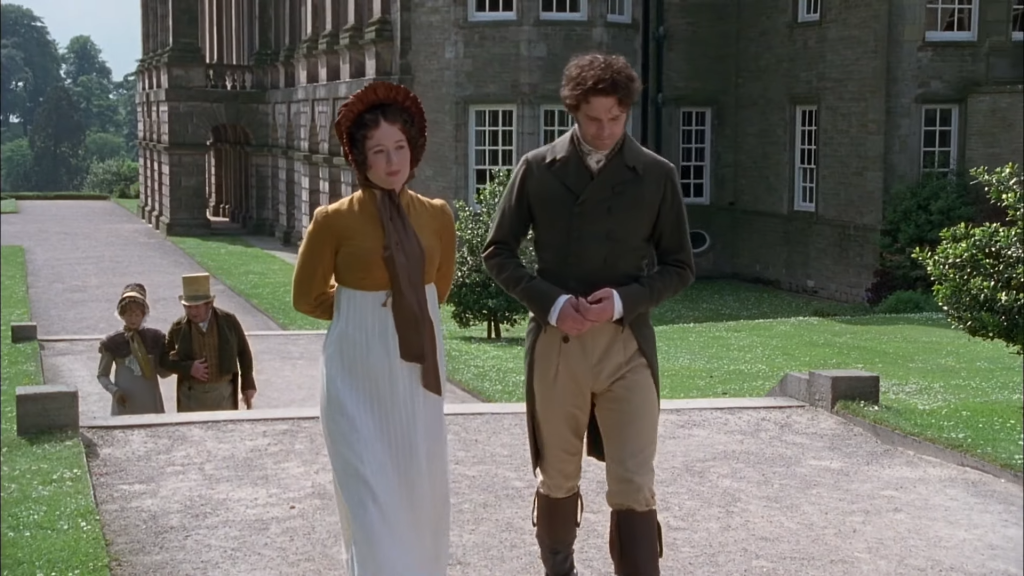
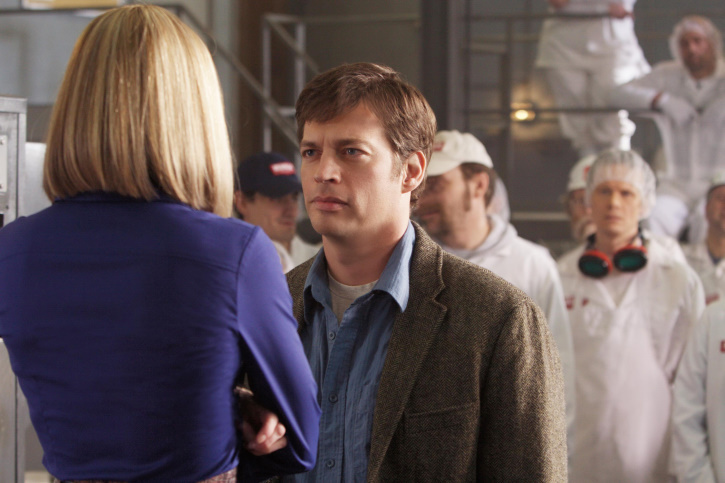
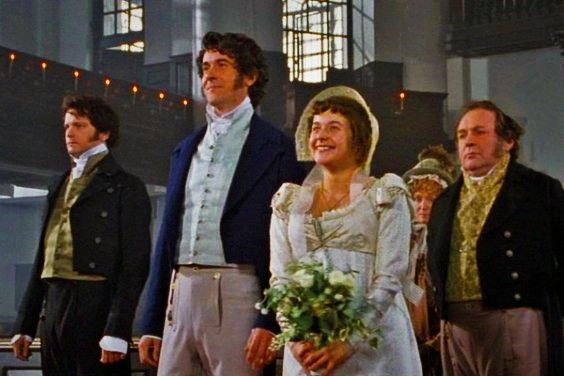
 Inquiring Readers, On September 15th Chronicle Books will release an edition of Pride and Prejudice: The Complete Novel, with Nineteen Letters from the Characters’ Correspondence, Written and Folded by Hand, By Jane Austen, Curated by Barbara Heller. I received my lovely copy along with this text:
Inquiring Readers, On September 15th Chronicle Books will release an edition of Pride and Prejudice: The Complete Novel, with Nineteen Letters from the Characters’ Correspondence, Written and Folded by Hand, By Jane Austen, Curated by Barbara Heller. I received my lovely copy along with this text:











